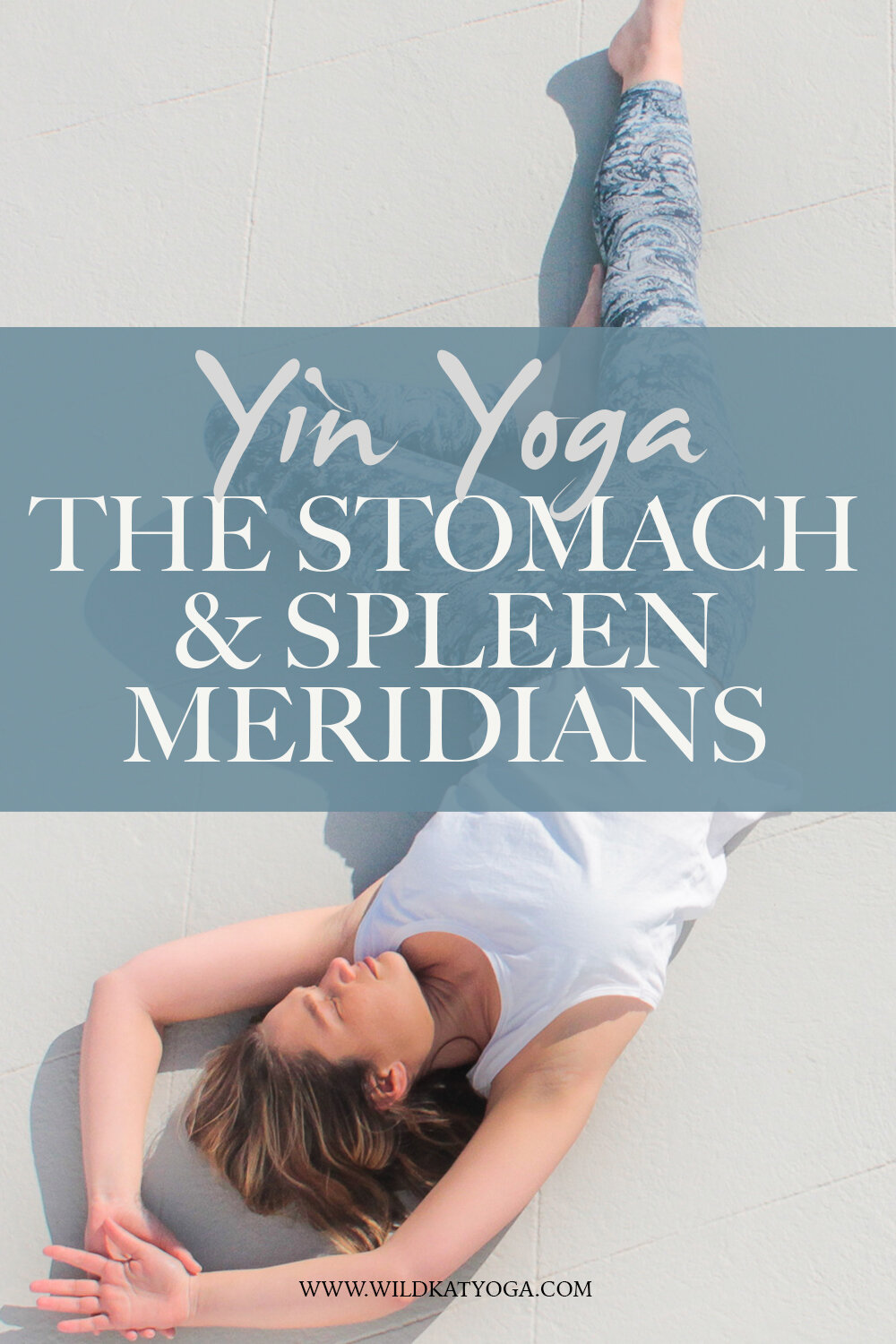Yin Yoga: The Stomach & Spleen Meridians
The articles I have shared on Yin Yoga and Meridian Theory (I’ve linked these at the bottom) have been so well received that I thought I’d start to dive a bit more into the Meridian pairs themselves, and in more detail.
This blog post contains affiliate links, which means that if you make a purchase through some of the links I provide I can earn a small commission at no cost to you. Thanks for your support.
Introduction to MANDUKA
Before we dive in, I want to take a quick moment to tell you about Manduka, who make the most beautiful, high quality yoga equipment and activewear. They produce high quality, toxic-free products and are committed to transparency and sustainability. I especially love their Almost-Perfect Mats. These are mats with a bit of character that are available at a discount price, which means that not only do you save money, but you’re also saving a mat from landfill!
You can shop the full Manduka range (including sale items) and use my code WILDKATYOGA on checkout for a 10% discount.
WHAT IS YIN YOGA & MERIDIAN THEORY
Yin Yoga is a style of yoga where poses are held statically for 2 - 5 minutes. It was originally developed in the East and Meridian theory uses poses and sequences designed to facilitate and/or redirect the flow of Qi (energy) along meridian channels (energy channels) in the body in order to promote organ health. The focus in the Eastern application of Yin Yoga is almost entirely on organ health.
The Western application of Yin Yoga is more focused on targeting deep connective tissues like your fascia, ligaments and joints so Yin Yoga classes in the West often follow different sequencing and are not necessarily designed around Meridian theory.
Learn more about Yin Yoga & Meridian theory here.
WHAT KIND OF YIN YOGA TEACHER OR PRACTITIONER ARE YOU?
As a Yin Yoga teacher or practitioner, whether you decide to teach/practice Yin Yoga using Meridian theory for organ health, or in order to affect connective tissue and improve flexibility and circulation, this is wonderful practice and a great addition to a Yang practice. One thing that both the East and the West agree on is the need for balance; Yin and Yang, so this slower style of yoga is a very complimentary practice to your Vinyasa/Ashtanga or other more energetic practices.
The spleen & stomach meridians
THE STOMACH
The stomach meridian begins underneath the eyes, moves up the sides of the skull and then down the torso, passing through the stomach and the groin then along the front of the legs to finish in the second toe. You can see an illustration of the Stomach meridian here.
The stomach is responsible for assimilation and digestion of food, so a Qi deficiency in the stomach will show up clearly as digestive troubles including, gas, bloating, IBS and constipation. There is also a strong connection between the gut and the brain, called the Gut/Brain Axis so digestive issues are often linked with mental health issues too - if you find yourself feeling sluggish, sad or irritable you can often begin to address the route of these issues by replenishing your Stomach Qi.
THE SPLEEN
The spleen meridian runs from the outside of the big toe, up the inner leg/ passing through the spleen on the right side and finish under the armpit. You can see the illustration of the spleen meridian here.
The spleen is the body’s largest lymphatic organ and really shines when it comes to fighting off infections. But the body is actually not totally reliant on it and, without your spleen, other organs will gladly take up the role of producing lymphocytes to fight off infections. As the spleen (if it exists) forms a key part of the lymphatic system, a Qi deficiency in the spleen will manifest as “feeling unwell” IE. heaviness, swelling, weakness and fatigue.
Using compressive and tensile forces in Yin Yoga
There is a general belief that Yin Yoga practises founded in Meridian theory focus on stretching in order to access the meridians and replenish stagnant Qi, but this isn’t true - the practice exists in order to redirect Qi. This means that you’ll often compress certain joints, blocking the flow of Qi along this or that pathway, then you’ll open other pathways in order to redirect it.
In a Western application of Yin Yoga it’s helpful to remember that healthy joints need to be able to handle both tensile and compressive forces. So subjecting them to both is the key to building lasting mobility and resilience.
MORE ON YIN YOGA
If you want to learn more about Yin Yoga and Meridian theory you might enjoy some of the articles below.







An overview of the link between Yin Yoga and Meridian Theory including, understanding meridian lines, structural variation and yin yoga videos to put theory into practice